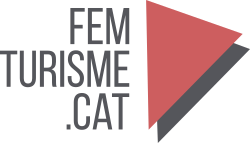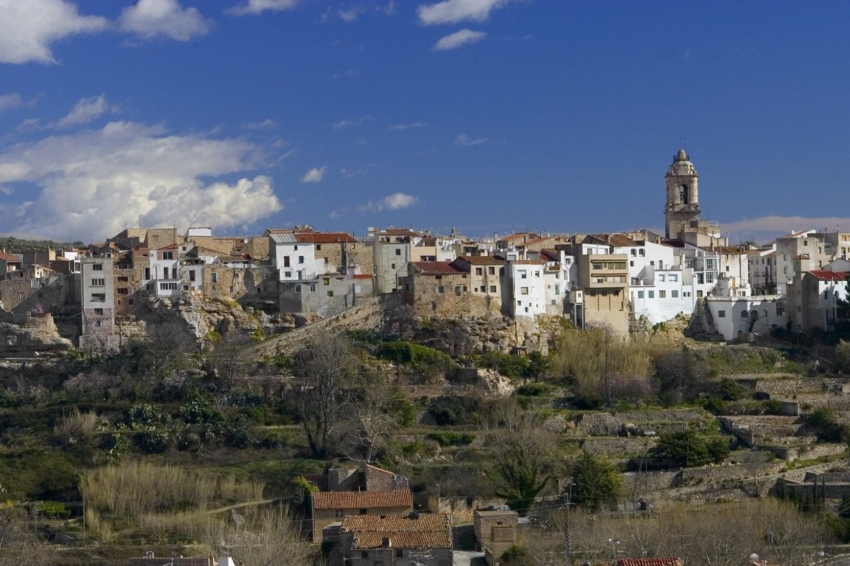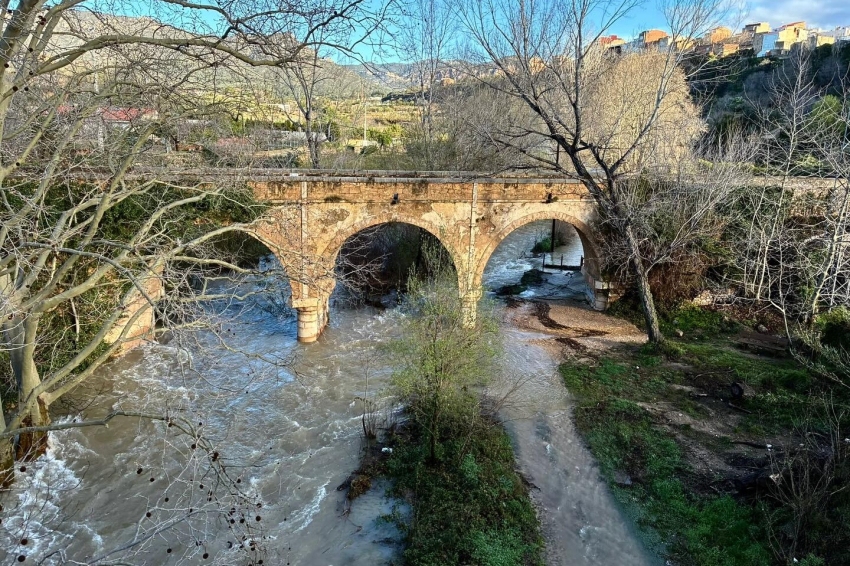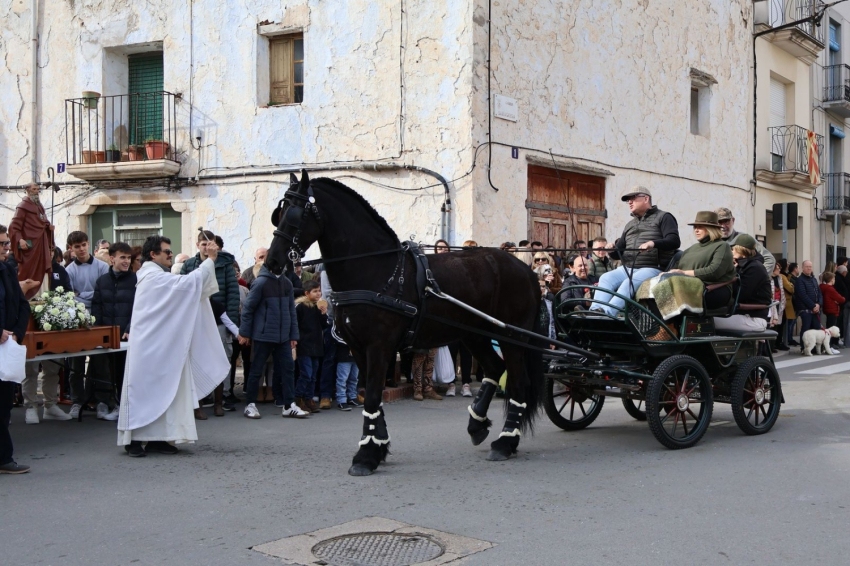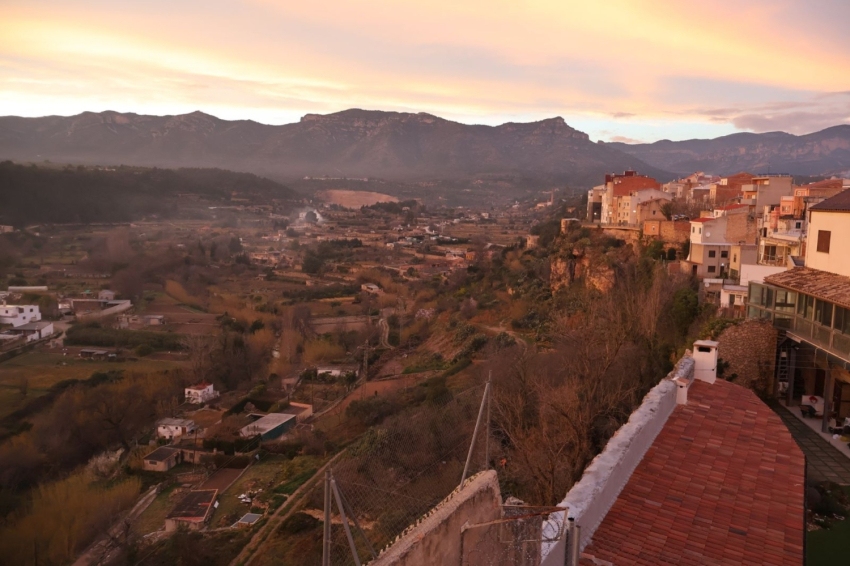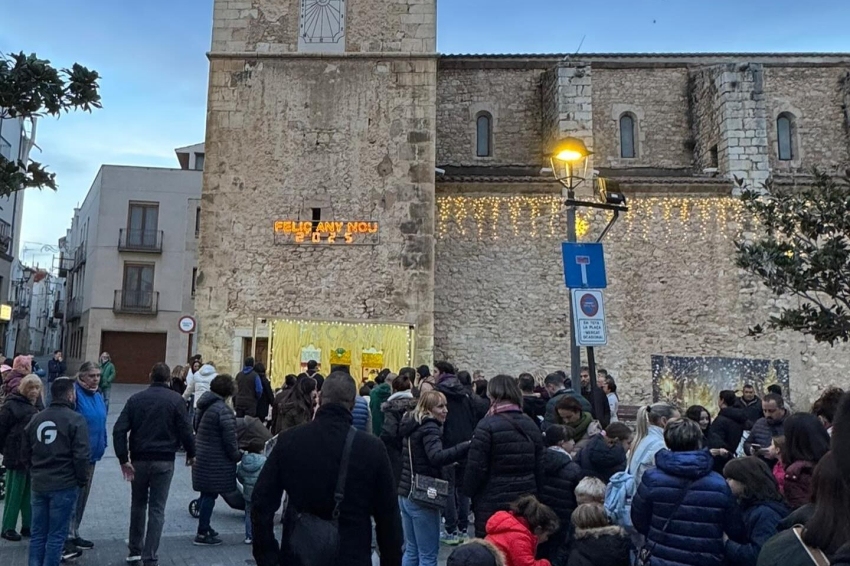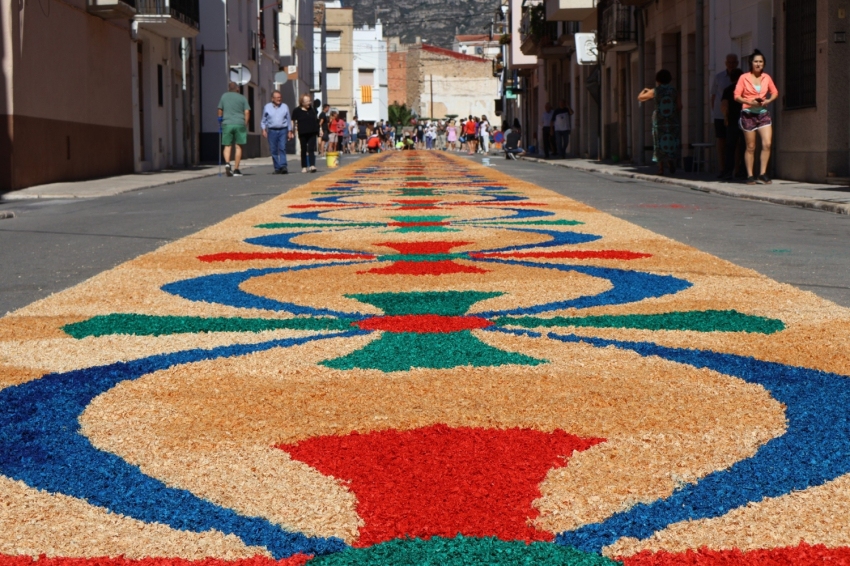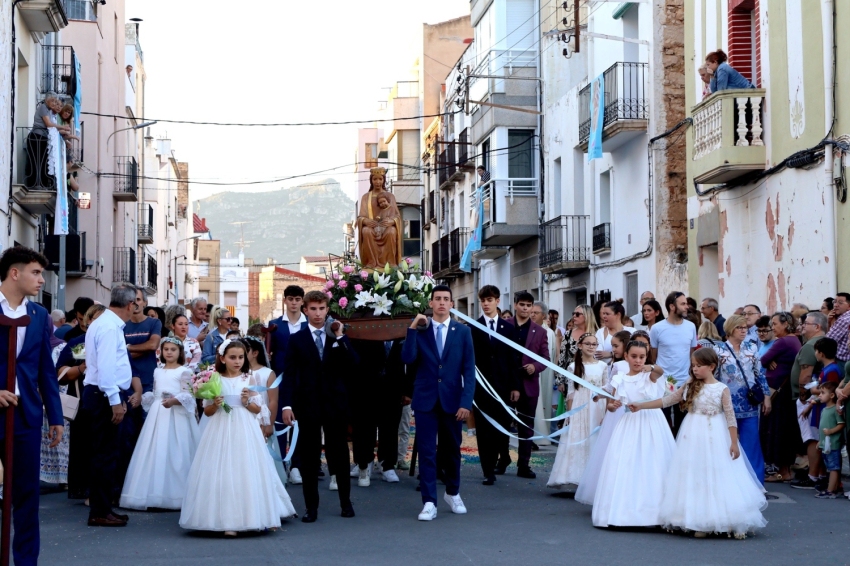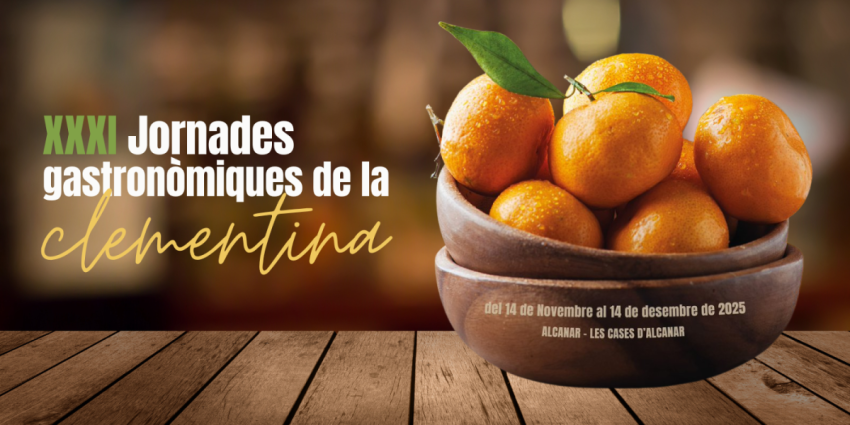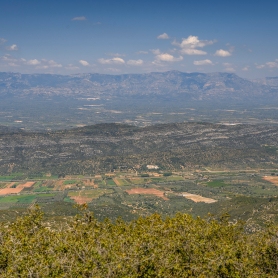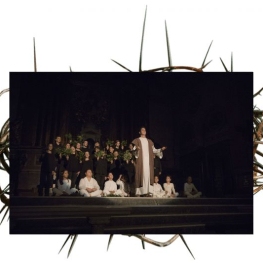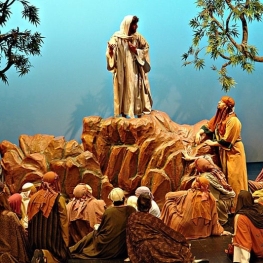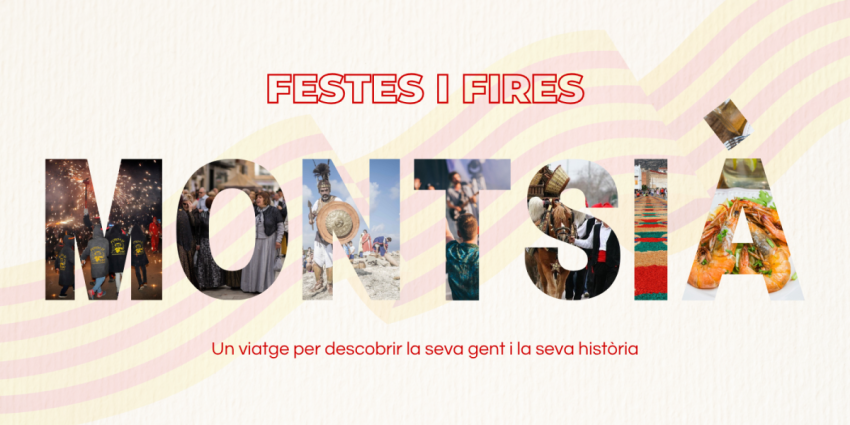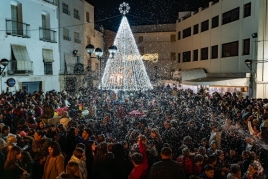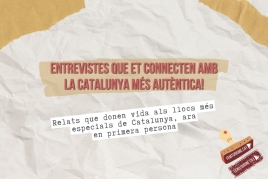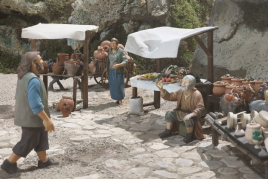La Sénia
La Sénia is a village in the Montsià region located near the Valencian Community, crossed by the river that gives it its name. Its name comes from the Arabic saniya (mill), which evolved into azenia in the Middle Ages. The Sénia River not only marks its administrative boundary with the Valencian Community, but is also a natural route to Els Ports and an important ecological corridor.
One of the town's distinctive features is its traditional horse racing, held for over a century during the town's local festival. This hobby has become a local symbol and attracts many visitors.
The Civil War left its mark with the construction of a military airfield in 1937, now a symbol of historical memory. Also noteworthy is the Els Ports beech forest, a unique ecosystem due to its southern location and rugged surroundings.
Historically, La Sénia was repopulated in the 13th century under the rule of the Moragues and the Order of the Hospital, a fact that generated jurisdictional conflicts. During the Catalan Civil War (1462) and the Reapers' War (1640), the town played an active role. With the Nueva Planta Decree (1716), it lost its freedoms and privileges.
During the Napoleonic Wars, it was occupied by the French, and naval construction flourished. Later, the Carlist Wars also had an impact, especially with the siege caused by General Cabrera's occupation.
In the 20th century, the town was modernized with the installation of electricity, the founding of the Harmonic Band (1904), and the opening of public schools. The Workers' Center played a prominent role in political and social life until its closure in 1938. During the post-war period, the Els Ports mountain range served as a refuge for maquis groups.
Places of interest
Sénia River
The Sénia River rises in the Els Ports mountain range and is a typically Mediterranean river: short, with irregular flow and severe low water levels. It flows into the area known as "Sol-de-riu", located between the municipalities of Alcanar and Vinaròs.
It is one of the most emblematic natural features of the region and acts as a link between Catalonia and the Valencian Community. It has also been a fundamental axis in the construction of the socioeconomic history of the Senense population and is home to an ecosystem of great environmental value.
As it passes through the municipality, the river flows through lush riparian forests and landscapes that invite exploration. For this reason, several paths and access routes have been restored and are now part of the municipality's network of healthy trails.
Ancient Olive Trees
The characteristic landscape of the Sénia plain is dominated by a vast sea of olive trees. This tree, one of the oldest and most emblematic crops in the Mediterranean region, is also the most representative of our municipality. Its great adaptability to the local climatic conditions—with long, dry summers and low annual rainfall—makes it the area's crop par excellence.
Thanks to a combination of historical and geographical factors, the area surrounding the Sénia River—with more than 2,000 km² spread across both sides— is home to the largest concentration of ancient olive trees in the world.
These monumental trees, which have withstood the test of time, are considered ancient if their trunk circumference exceeds 3.5 meters, measured at a height of 1.3 meters. To date, nearly 5,000 specimens have been cataloged.
Sénia Airfield
During the Spanish Civil War, the government of the Second Republic promoted the construction of several military airfields in Catalonia in response to the military coup. One of these was the Sénia Airfield.
In April 1938, the airfield was occupied by Franco's army and became a base of operations for the German Condor Legion, which used it until the end of the conflict.
Today, the space is partially preserved and houses an interpretation center located in the former Command Center, as well as a visitable air-raid shelter. One of its most notable features is the Sénia Historical Aviation Center, a unique museum that exhibits various aeronautical artifacts from the period. These artifacts, due to their size and state of preservation, constitute a heritage of great interest and historical value.
Sénia River Interpretation Center - Molí la Vella
Along the course of the Sénia River, several old mills are preserved, among which the Molí la Vella stands out, a building with more than 900 years of history. The oldest documentation dates back to the 14th century, when it operated as a flour mill.
Over time, it also housed a paper mill and, later, an ice factory, which remained in operation until the popularization of domestic refrigerators in the 1970s.
After years of neglect, the building fell into disrepair. In the late 1980s, the City Council acquired it and began its restoration. Currently, the Molí la Vella houses the Sénia River Interpretation Center, a space dedicated to explaining how the interaction between the natural environment and human activity has shaped a profoundly humanized landscape that, at the same time, preserves the great ecological wealth of its riverside ecosystems.
Old town of Sénia
The oldest urban center in Sénia is strategically located near the legajos (old cattle trails) that converged along the Sénia River and extended into the Els Ports mountain range. Although the municipality's charter dates back to 1232, in the Middle Ages, several archaeological remains indicate human presence in the area since prehistoric times.
The original location of the town was designed for defensive purposes. The settlement was established in a naturally protected spot by a steep cliff next to the river, which extends to a depth of almost 60 meters. This configuration still offers spectacular views of the natural landscape surrounding the town.
The old town preserves buildings and spaces of great historical and architectural interest. Some of the most notable are: Font Vella, Terrassa, the Church of Sant Bartomeu and its bell tower, the Abbey House, the House of King Bonet, Raimundo's bakery, the old Casa de la Villa, the Galileo Street viewing platform, and the Plaza and Nòria wash houses, among other heritage elements.
Nearby routes
See all routes »- Grand Tour de Catalunya - Section 2.…
- The Passions in Catalonia: tradition… (a 14.5 km)
- Ebro Delta, nature in its purest form (a 19.6 km)
- Sports tourist destinations of Catalonia (a 26.5 km)
- Natural Park of Els Ports (a 27.8 km)
What to do
Federació Catalana de Passions
Ulldecona (a 14.5 Km)The beginnings of the cultural tradition date back to the year 1477,…
La Passió d’Ulldecona
Ulldecona (a 14.5 Km)A close-knit, dynamic Passion, with raw emotions and modernized every year with…
